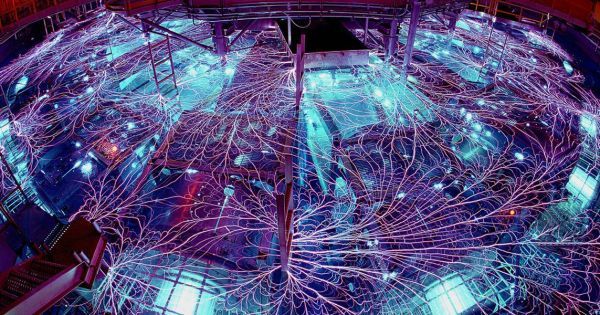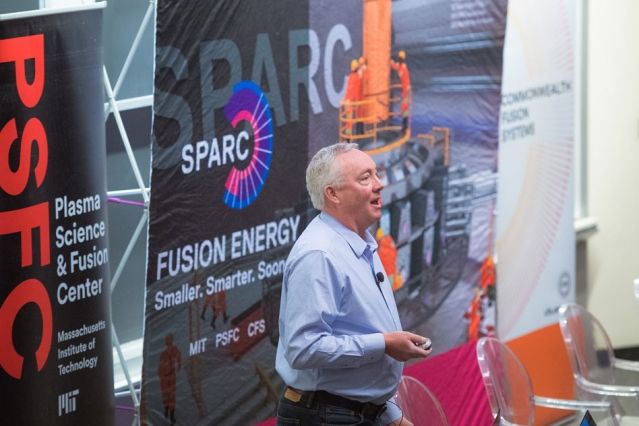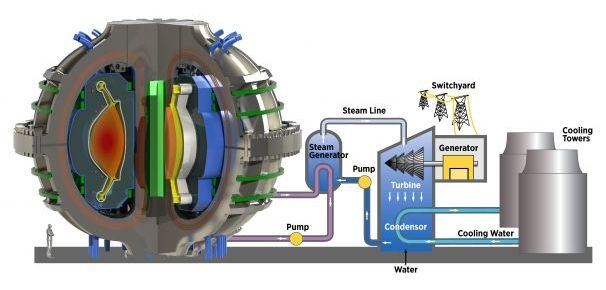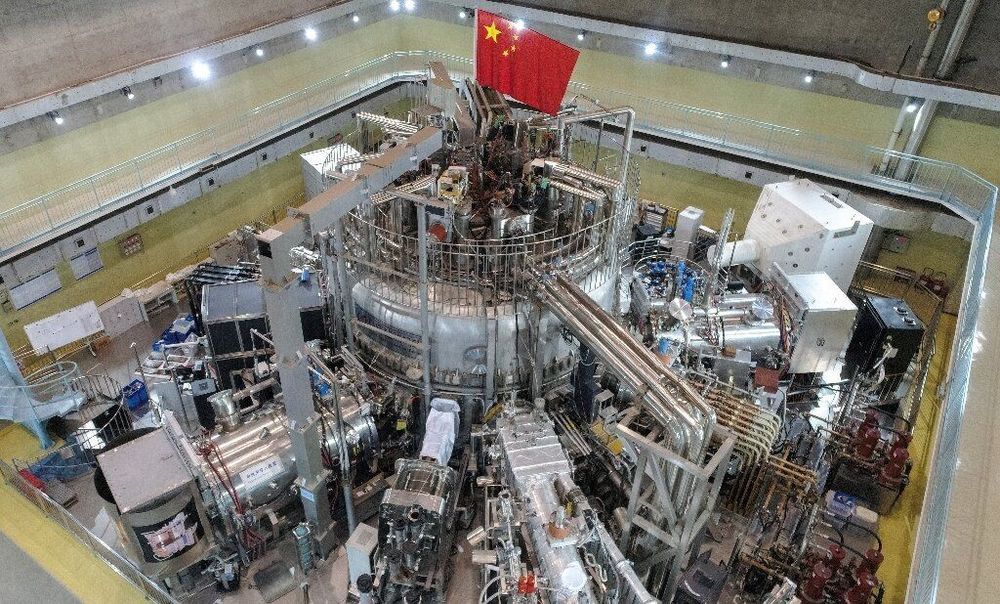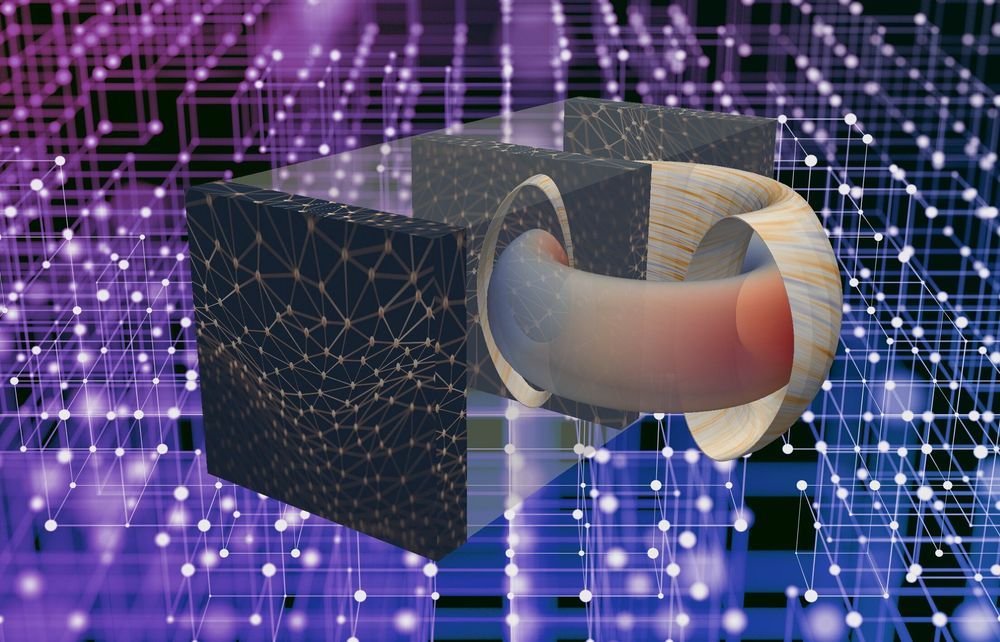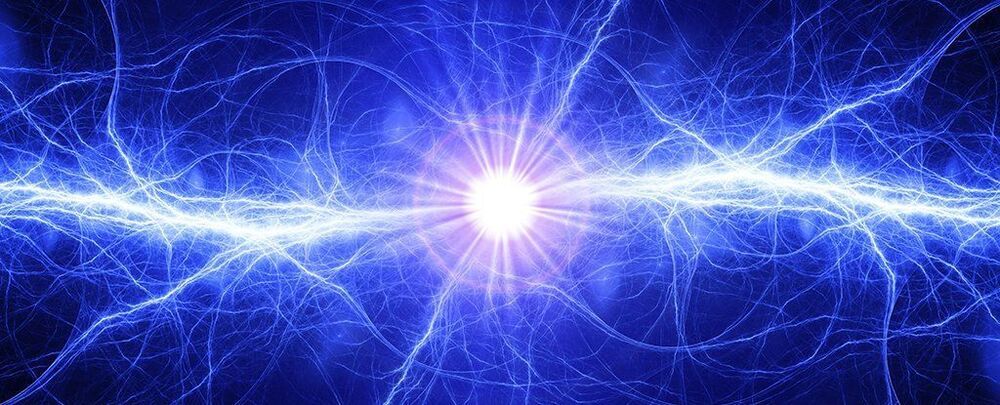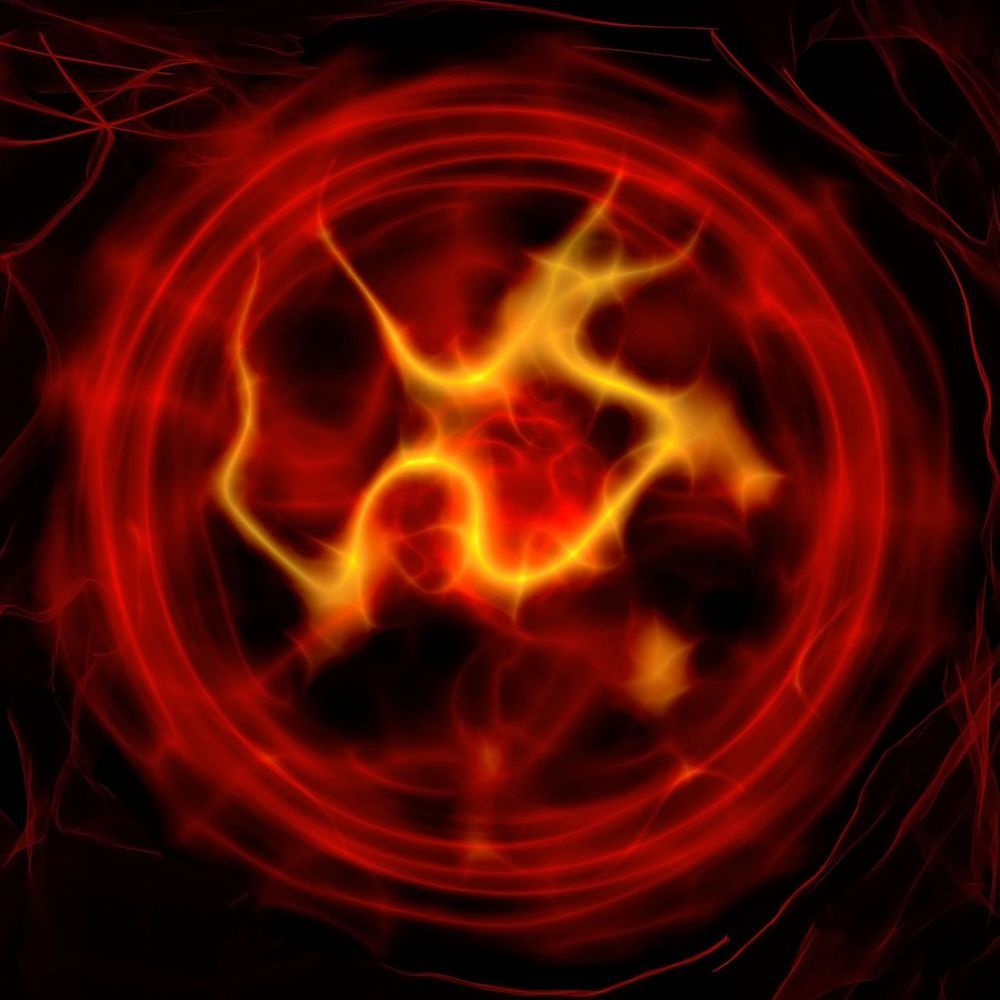Particles travelling through empty space can emit bright flashes of gamma rays by interacting with the quantum vacuum, according to a new study by researchers at the University of Strathclyde.
It has long been known that charged particles, such as electrons and protons, produce the electromagnetic equivalent of a sonic boom when their speeds exceed that of photons in the surrounding medium. This effect, known as Cherenkov emission, is responsible for the characteristic blue glow from water in a nuclear reactor, and is used to detect particles at the CERN Large Hadron Collider.
According to Einstein, nothing can travel faster than light in vacuum. Because of this, it is usually assumed that the Cherenkov emission cannot occur in vacuum. But according to quantum theory, the vacuum itself is packed full of “virtual particles”, which move momentarily in and out of existence.
Read more
